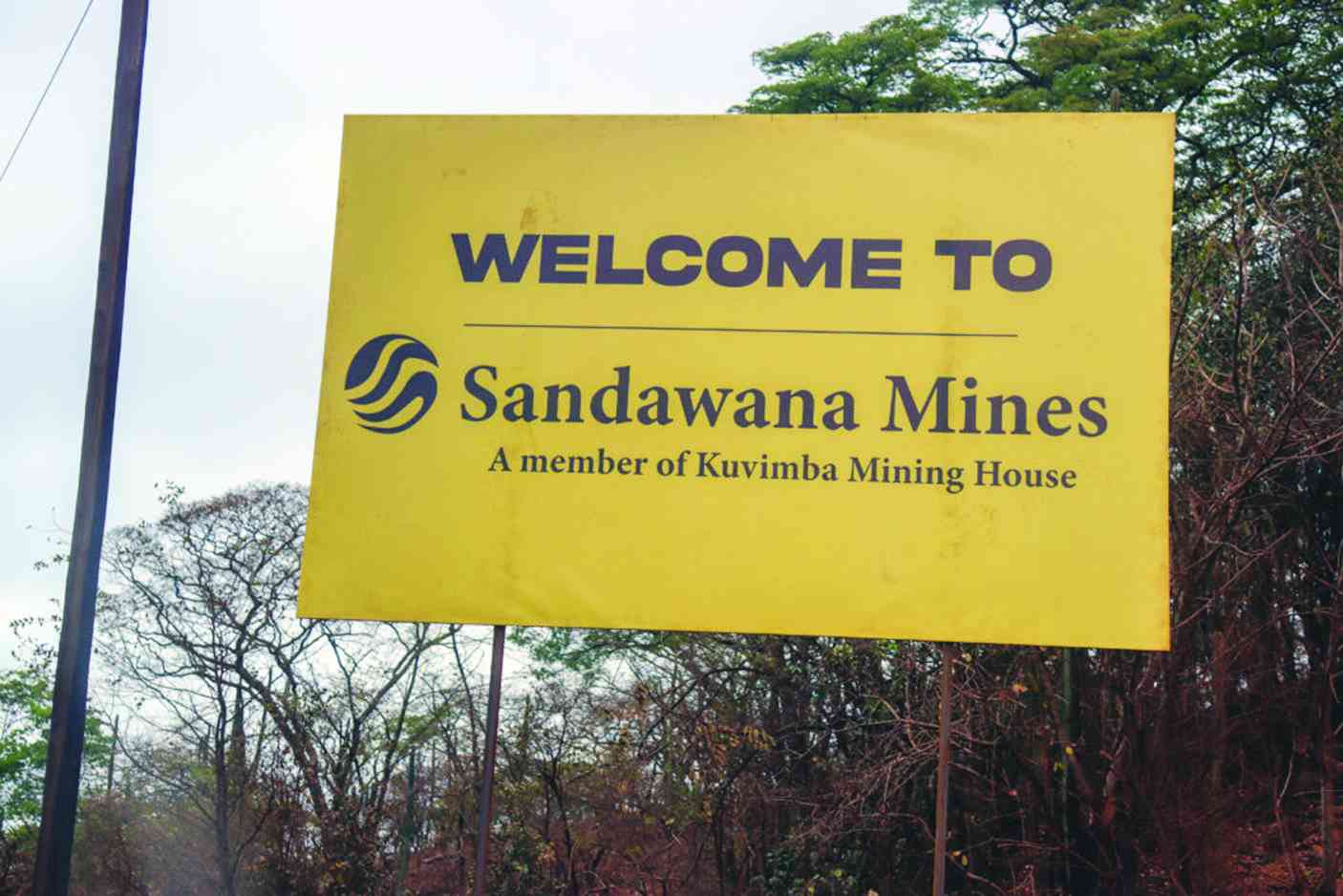
RESOURCES giant Kuvimba Mining House (KMH) has floated a US$200 million bond on the market to capitalise its lithium producing subsidiary, Sandawana Mines, located in the Midlands province.
The bond entails the issuance of US$100 million local currency convertible bond and a US$100 million bond to be paid over two years.
Kuvimba has engaged CBZ Holdings as their financial advisor.
The diversified mining group recently restructured its operations into three clusters — gold, rare minerals and energy.
The group owns Freda Rebecca Gold Mine, Shamva Gold Mine, Jena Mines, ZimAlloys, Great Dyke Investments, Sandawana and Bindura Nickel Corporation.
Kuvimba, however, is in the process of developing Sandawana into one of the biggest lithium mines on the continent. This, therefore, triggered the quest to raise capital for the mining entity.
“The debt raised will be used to further the development of Sandawana Mines, focusing on the crushing and concentrate plant as well as the road and power infrastructure at the mine,” Kuvimba said. “This will enable Sandawana Mines to achieve an annual target run of mine of three million tonnes production output a year.”
Sandawana Mines, through Kuvimba, is going to repay at an interest rate of 11,5% annually.
- Kuvimba snaps up 50% GDI shares
- Data deficiency delays compensation process
- Our country is being mortgaged
- CBZ plots fresh acquisitions after FML deal
Keep Reading
The interest on the bond will be paid quarterly in arrears and subject to a six-month moratorium from the date of issue, according to the bond term sheet seen by the Independent.
In the event that a payment date occurs on a day other than a business day, such payment will be made on the next business day.
The bond has been accorded Prescribed Asset Status by the Finance and Investment Promotion minister and can be recorded as such in the books of bond holders in terms of Section 26A of the Insurance Act (Chapter 24:07) and Section 34 of the Pension and Provident Funds Act (Chapter 24:32).
Kuvimba pitched its proposal last week at the Association of Investment Managers conference in South Africa.
The conference was attended by investment managers, stock market regulators and pension funds.
According to the term sheet, an application has since been made to the Finance and Investment Promotion minister Mthuli Ncube to exempt the bond from withholding tax and intermediated money transfer tax.
“A sinking fund will capitalise to the required extent by proceeds from the sale of lithium. The sinking fund will be established, regulated, and securitised in terms of the bond trust deed and a sinking funding agreement, which will, in turn, be managed by the bond manager,” Kuvimba said.
The bond constitutes a direct, unconditional, and secured obligation of the issuer and will rank pari passu without any preference amongst bondholders.
Bondholder’s claims shall, at all times, serve for certain debt required to be preferred by law, and rank at least equally with all other secured and subordinated obligations, present and future, of the issuer.
Furthermore, the issuer or any of its affiliates may, at any time, purchase denominations of the bond at any price in the open market or otherwise for holding or redemptions.
Any outstanding principal body amount will become void unless presented for redemption within three years of the final redemption date.
“A register of the bonds and the bondholders will be maintained by the receiving bank. No early redemption at the option of the bondholder. Early redemption at the option of the issuer, in part or in full at the option of the issuer,” Kuvimba said.
The rapid development of the global lithium-ion battery market is accelerating the consumption of lithium resources, as the demand for lithium batteries in the new energy automotive industry grows worldwide. Lithium ore will become a vital raw material for the industry.
Benchmark Mineral Intelligence has said that global lithium demand will top 1,5 million tonnes by 2028, up from 900 000 tonnes this year.
There is growing attention to upcoming supply in Africa, with most investors willing to give credit to it.
Supply will grow in Africa, supported by China lithium miners, but it will also take some time, two to five years, rather than a rapid surprise development over the next six to 12 months.
It is anticipated to see further strength into the year-end, driven by seasonality.
Deutsche Bank increased its assumptions for 2024 lithium carbonate pricing by 15%.
The market is expected to exit 2023 in a balanced state, which could tilt to a modest surplus if China’s electric vehicles sales numbers disappoint at year-end.
Overall, demand supply continues to be driven up by a better-than-expected outlook for energy storage demand.
Sandawana Mines has a high-grade lithium deposit and total claims covering an area of 3 882 hectares on the Mwenza mountain range.
The lithium firm has completed phase one drilling with a total of 33 764 samples and the total pegmatite at Sandawana is estimated to be circa 600 million tonnes.
In Zimbabwe, it is estimated to exceed 100 million tonnes of ore outpacing competitors such as Arcadia Mine.






